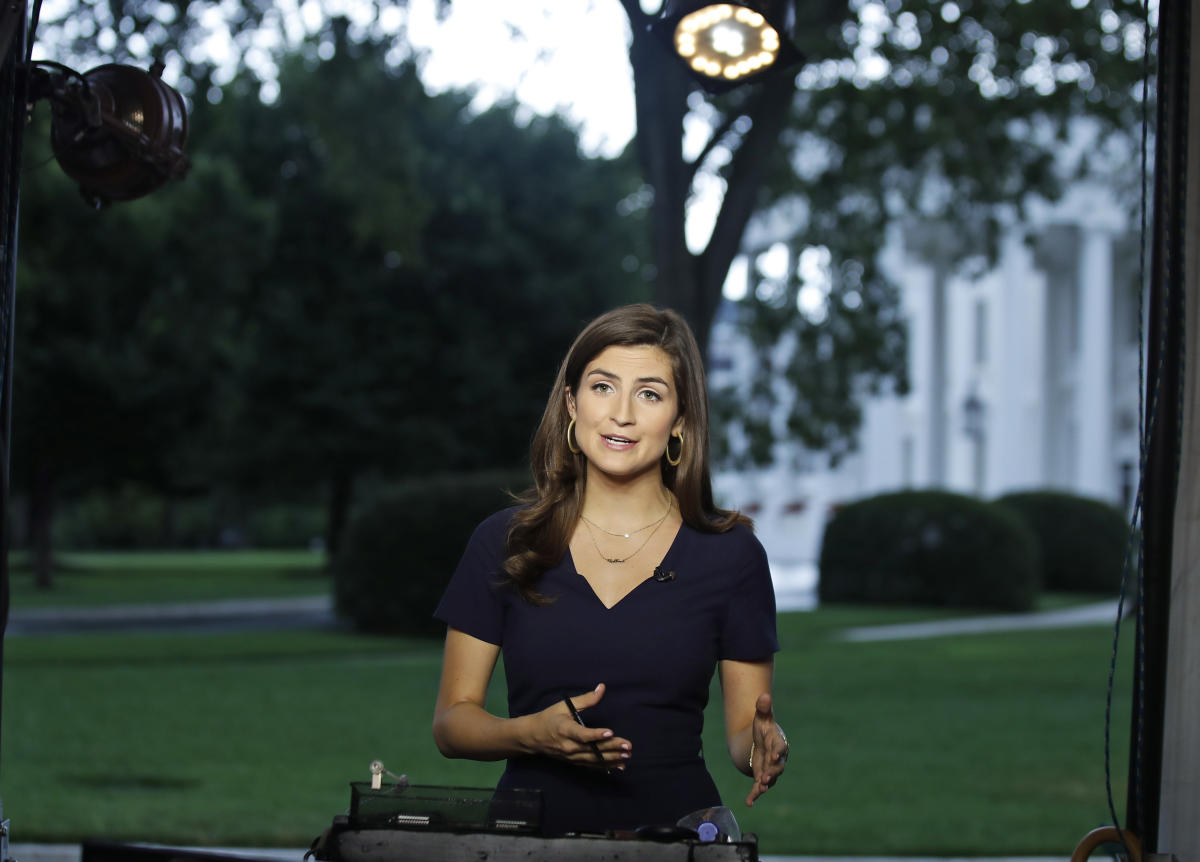
This is about a $1 trillion government-sponsored enterprise built upon a myth — the myth of the American home. It is also about reform on the way.
We have become familiar with the term “greenwashing,” defined by Investopedia as: “The act of providing the public or investors with misleading or outright false information about the environmental impact of a company’s products and operations.”
“Homewashing” is the same concept, except the object of the deception is housing rather than the environment.
The most prominent purveyor of homewashing is the massive government-sponsored enterprise known as the Federal Home Loan Banks. There are 11 regional FHLBs from Boston to San Francisco and points in between. They and their 6,500 member institutions follow a simple business model.
Black Friday and Cyber Monday deals from BestReviews:

The FHLBs borrow at a deep discount due to their government status. They then pass part of the government subsidized discount on to their members in the form of low-cost advances. As of Sept. 30, the FHLBs had over $1 trillion in taxpayer-subsidized debt outstanding. Subsidized advances to members stood at $655 billion, an 86 percent increase over year-end levels.
It is all based on a myth.
The first part of the myth is that the subsidized advances to members are used for housing. This was the original purpose of the FHLBs when they were created by Congress in 1932.
In truth, the FHLBs’ subsidized advances can be and are used for anything the members wish to use the funds for. This was confirmed by the Government Accountability Office many years ago when it found: “Another challenge facing the system is that there is limited empirical information on the extent to which FHLBank advances and other services benefit housing and community finance.” Yet, the myth persists, presumably because the words “Home” and “Loan” are misleadingly embedded in the names of all 11 FHLBs.
The second part of the myth has to do with affordable housing and community development. By statute, the FHLBs are required to set aside a small portion of their earnings for this purpose. However, when one contrasts the taxpayers’ estimated $6.3 billion taxpayer subsidy of the FHLBs with their paltry contributions to affordable housing and community development, the payout looks like this:
This disconnect would embarrass the most egregious greenwashers in the market today.
What it says is that for every $20 of taxpayer support for the FHLBs, only $1 is set aside for affordable housing. The other $19 goes directly to the FHLBs and indirectly to the FHLBs’ members. It is worth noting here that each of the CEOs of the 11 FHLBs receives million-dollar pay packages. This is for distributing a government benefit to their members.
Homewashing is even more pervasive than greenwashing. Greenwashing scammers only target investors. Every taxpayer is the victim of the FHLBs’ homewashing. Every taxpayer contributes to the FHLBs’ estimated $6.3 billion subsidy.
But it gets worse.
Banks that take advances from their FHLBs, that is most banks, do so in lieu of paying higher interest rates to their own customers. You’ve probably asked, “How can banks get away with paying on average 0.19 percent on savings accounts when the yield on 1-year treasuries is 4.75 percent?” The answer lies largely with the FHLBs.
In sum, taxpayers’ dollars support the FHLBs in exchange for which the taxpayers receive little to no benefit. Meanwhile, the FHLBs suppress the taxpayers’ returns on their bank accounts thus enhancing bank profits.
Bankers think this is a fine arrangement and it should be left alone. “Don’t mess with success,” the American Bankers Association has warned the public.
Luckily, the scales are falling from the eyes of taxpayers, banks, savers, housing advocates and, most importantly, the FHLBs’ regulator, the Federal Housing Finance Agency. Its launch of a centennial review of the FHLBs, dubbed “FHLBanks at 100: Focusing on the Future,” sends a clear message that the housing myth can no longer be used as a cover for this elaborate corporate welfare scheme.
The stakes are extremely high, and the result is uncertain. One thing is certain, however. Stripped of their homewashing mythology, the FHLBs presents a unique opportunity for addressing some of the nation’s real financial challenges.
Cornelius Hurley was an independent director of the Federal Home Loan Bank of Boston from 2007 to 2021. He teaches financial services law at Boston University School of Law.







